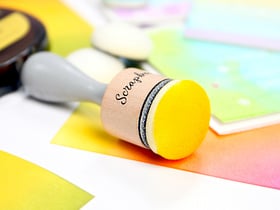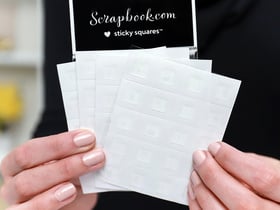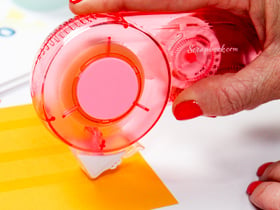Feb '22
SandyJay
I have some stencils and I have never worked with them. I tried using a brush and some acrylic paint, ink pad and my results are not that good. What kind of mediums are best? Sprays? Butters? The one stencil has a lot of detail and small areas. Any advice would be appreciated.


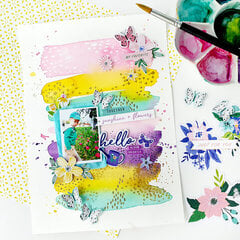
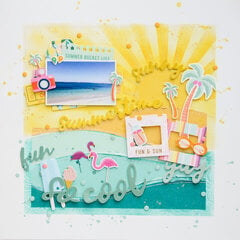

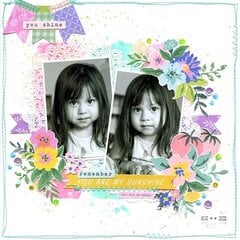
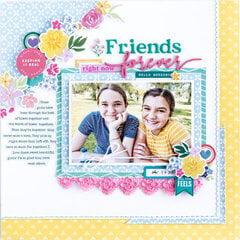



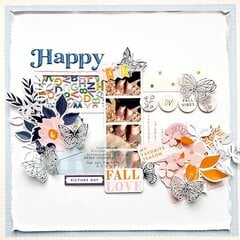
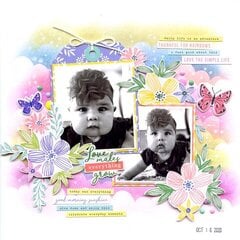









 It's such an interesting image, with so many creative possibilities for using it!
It's such an interesting image, with so many creative possibilities for using it! 




